2002-08-28 10:32
Handling rates of container cargoes decreases in Busan
The percentage of container cargoes handled in Busan is decreasing year by year.
According to the report titled "The analysis on the physical distribution cost of exporting by domestic trade port" from KITA, the rate of container cargoes handled in the Port of Busan was 80.8% of last years. This value is much lower in comparison with the 88.2% in 1998.
The percentage of container cargoes through the Port of Busan is decreasing because exporters have been using nearby ports like Kwangyang, Ulsan, and Inchon instead of Busan as extending regular container line services of an outerport, which touch at the regional port.
Currently, with the exception of Busan, the number of opening service regular lines stands at 112 compared with 85 services last year, the services of regular lines have recorded 114 a week compared with 89 last year and the calling ship owners have recorded 51 compared with 33 last year.
Particularly export shippers prefer regional ports to Busan because they can reduce inland transit costs and physical distribution costs at ports.
For example, If an export shipper in the national capital uses Inchon instead of Busan, the shipper can reduce distribution costs by about 270000~300000 won per container (18-28%) in Buchon, about 240000~270000 won (16-25%) in Ansan and about 230000~260000 won (15-24%) in Seoul. And if an export shipper in Honam or Chungbu uses Kwangyang instead of Busan, the shipper can reduce distribution costs by about 250000~320000 won (10-28%) in Kwangju, and about 60000~140000 won (5-9%) in Dajeon. Also, if shippers in Ulsan use Ulsan port instead of Busan, they can reduce costs by 90000~110000 won (9-16%). If the shipper uses Masan instead of Busan, he can reduce costs by about 70000~150000 won(5-17%).
After the survey, KITA pointed out that trade companies should not adhere using 'Port of Busan' on bills of lading but appoint 'Korean port' as the export port in order to reduce export physical distribution costs by increasing their choices.
Also pointed out by KITA was that the calling ship companies should diversify their service for attracting shippers more, specialize their service by port and not take raised marine freight in ports except Busan but take equally with Busan.
Particularly, KITA asserted that the container ship services through Inchon that connect South Korea with China should open quickly and should expand E.C. services through Kwangyang to reduce physical distribution costs and disperse cargo handling. Further, port management companies should make both CFS and storehouses for dealing with small quantity cargoes such as LCL, and thus attract both combined transport companies and customs clearance companies in a positive light, the organizations for testing as well as the customs and the like early peace settlement of CIQ, also asserted that should expand exclusive wharf of container and the rear facilities, change loading equipment of container to up-to-date one as like Gentry crane, amplify the facilities of infra by constructing both roads and a railway network and the like inland transport system perfectly as a means of making service better for attracting shippers.
In addition the Government stressed that authorities should execute incentive programs for consistent port usage.
According to the report titled "The analysis on the physical distribution cost of exporting by domestic trade port" from KITA, the rate of container cargoes handled in the Port of Busan was 80.8% of last years. This value is much lower in comparison with the 88.2% in 1998.
The percentage of container cargoes through the Port of Busan is decreasing because exporters have been using nearby ports like Kwangyang, Ulsan, and Inchon instead of Busan as extending regular container line services of an outerport, which touch at the regional port.
Currently, with the exception of Busan, the number of opening service regular lines stands at 112 compared with 85 services last year, the services of regular lines have recorded 114 a week compared with 89 last year and the calling ship owners have recorded 51 compared with 33 last year.
Particularly export shippers prefer regional ports to Busan because they can reduce inland transit costs and physical distribution costs at ports.
For example, If an export shipper in the national capital uses Inchon instead of Busan, the shipper can reduce distribution costs by about 270000~300000 won per container (18-28%) in Buchon, about 240000~270000 won (16-25%) in Ansan and about 230000~260000 won (15-24%) in Seoul. And if an export shipper in Honam or Chungbu uses Kwangyang instead of Busan, the shipper can reduce distribution costs by about 250000~320000 won (10-28%) in Kwangju, and about 60000~140000 won (5-9%) in Dajeon. Also, if shippers in Ulsan use Ulsan port instead of Busan, they can reduce costs by 90000~110000 won (9-16%). If the shipper uses Masan instead of Busan, he can reduce costs by about 70000~150000 won(5-17%).
After the survey, KITA pointed out that trade companies should not adhere using 'Port of Busan' on bills of lading but appoint 'Korean port' as the export port in order to reduce export physical distribution costs by increasing their choices.
Also pointed out by KITA was that the calling ship companies should diversify their service for attracting shippers more, specialize their service by port and not take raised marine freight in ports except Busan but take equally with Busan.
Particularly, KITA asserted that the container ship services through Inchon that connect South Korea with China should open quickly and should expand E.C. services through Kwangyang to reduce physical distribution costs and disperse cargo handling. Further, port management companies should make both CFS and storehouses for dealing with small quantity cargoes such as LCL, and thus attract both combined transport companies and customs clearance companies in a positive light, the organizations for testing as well as the customs and the like early peace settlement of CIQ, also asserted that should expand exclusive wharf of container and the rear facilities, change loading equipment of container to up-to-date one as like Gentry crane, amplify the facilities of infra by constructing both roads and a railway network and the like inland transport system perfectly as a means of making service better for attracting shippers.
In addition the Government stressed that authorities should execute incentive programs for consistent port usage.
많이 본 기사
- 국제물류업계, 광양항 마지막 배후단지 활용법 모색한다‘일상이 된 물류시장 불확실성’, AI·친환경이 돌파구‘고환율·저운임’ 글로벌 물류기업 일제히 부진한 실적 신고‘수요 둔화 지속’ 컨운임지수 한주만에 1300선으로 후퇴DHL, 중동 두바이에 차세대 물류허브 개소한국해양대, 장금상선등 해운사와 해양인재 양성방안 모색해운협회, 부산항도선사회와 CCTV 활용 안전도선 업무협약KMI, 우리나라와 북극권국가 협력 방안 모색2028년 유엔 해양총회 한국 유치 확정벌크선시장, 급등 이후 조정 '속도 조절 들어가나'
- 전재수 해수부 장관 사의…“해양수도권 차질없이 육성되길”쿠팡 박대준 대표이사 사임…“개인정보 유출 책임 통감”日 ONE 운항 9100TEU급 컨선 화재…공동해손 선언윌로그, 벤처창업진흥유공 대통령 표창 수상아시아나IDT, 산업안전세미나 개최…‘플랜투두’ 확산 전략 공유아로아랩스, 중기부 창업지원프로그램 선정…연구개발 자금 확보부음/ 해운조합 최종진 본부장 빙모상조선기자재硏·이마린·그린에너지솔루션, 친환경선박 배출수 기술개발...경운대, 국제항공운송협회와 대학 최초 교육협약 체결인천항만공사, 전기차 화재대응 안전역량 강화 나선다





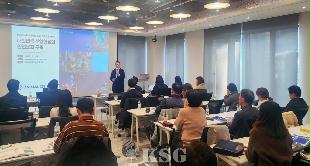



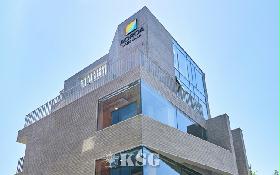
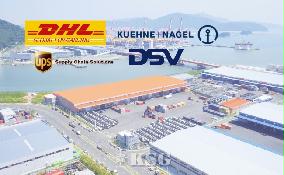

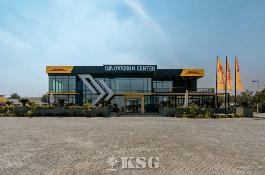
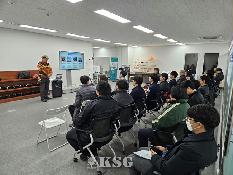

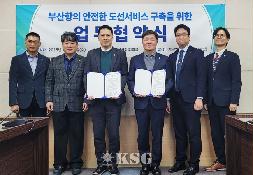
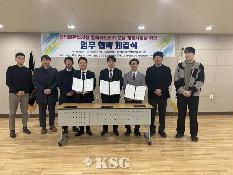

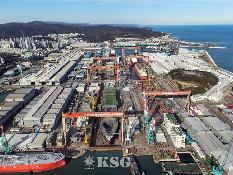
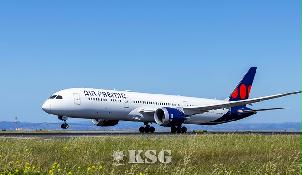
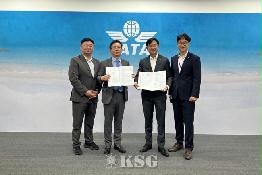

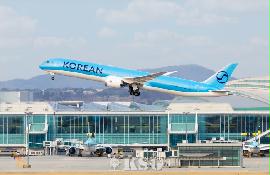


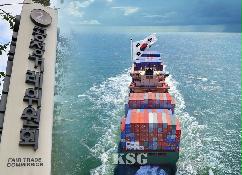
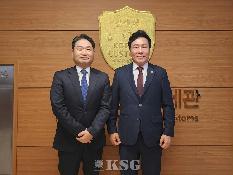

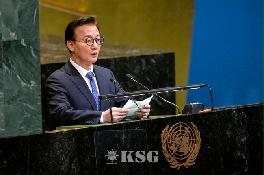
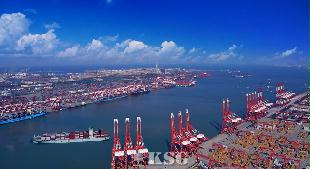
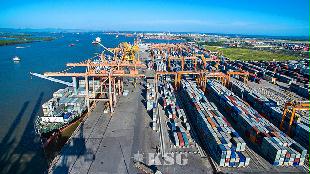
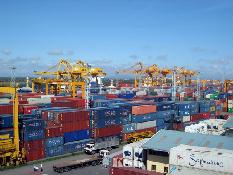






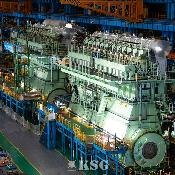
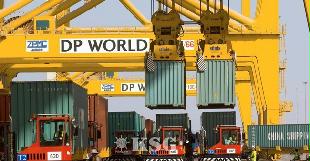

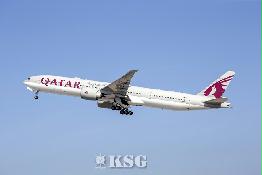





















0/250
확인